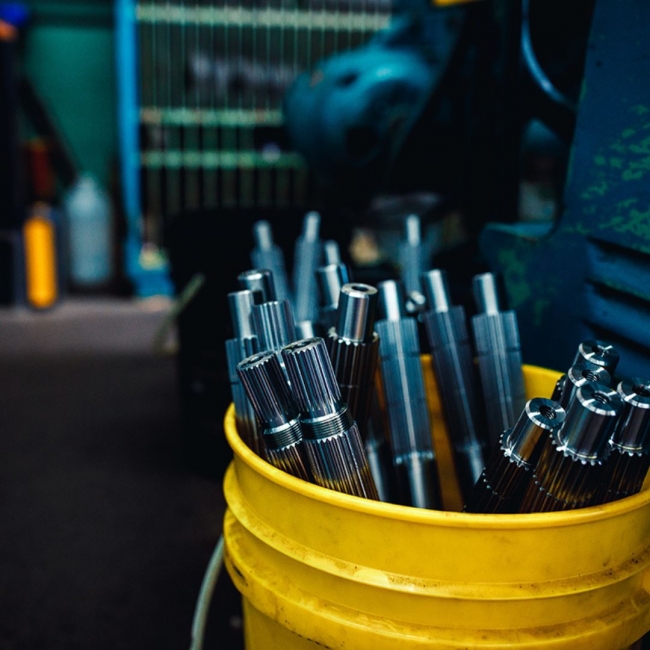Keep up to date with us on the latest industry news as well as what's going on at True Gear & Spline Ltd. We also post articles for insider tips and tricks, so make sure to check back frequently.
How Are Splined Shafts Machined?

Spline shafts are critical components used in various industrial machinery to transmit torque while allowing for axial movement. Without gears and splines, it is practically not possible for industrial and manufacturing units to survive. A splined shaft comes in different shapes and sizes depending on the application, but they all have one thing in common – precision manufacturing. In this blog post, we will explore the different machining processes involved in spline shaft manufacturing.
Importance of a splined shaft
Spline shafts are vital components used in various machines, especially those that require torque transmission and axial movement. These shafts have grooves or teeth machined onto them to fit into matching slots on other machine parts such as gears or couplings. One of the main benefits of spline shafts over gears is that the shafts provide maximum contact due to a larger surface area, thus ensuring smoother transmission. The splines provide a secure connection between the two parts while allowing for relative motion.
Different machining processes used for splined shaft manufacturing
Spline shaft manufacturers rely on a wide range of machining processes. We discuss them below.
- Broaching is one of the most common methods used to manufacture splined shafts. It involves using a multi-toothed cutting tool or broach to remove material from the workpiece progressively. Linear and rotary are the two main types of broaching.
- Both types are pretty self-explanatory. In linear broaching, the tool (broach), is used linearly against the workpiece. Rotary broaching is used to cut axisymmetric shapes on workpieces.
- A rotary broach is usually pressed into the workpiece while it is rotating. Broaching is ideal for producing internal and external spline geometries with high accuracy, precision, and surface finish.
- Another popular technique used in manufacturing spline shafts is hobbing. It's a gear-cutting method where a helical-shaped tool called a hob rotates around the workpiece blank while removing metal gradually to form teeth into it.
- The cutting tool called hob is apt for cutting cylindrical metal pieces, thus progressively and precisely helping in the manufacturing of gears and splines.
- Milling is another machining process utilized in making a splined shaft. In this method, the cutter removes material from multiple directions by moving back and forth parallel to its axis of rotation.
- The introduction of CNC (Computer Numerical Control) has changed milling forever. With the help of software, gear manufacturers can now automate and simplify the entire milling process.
Conclusion
Splined shafts play a crucial role in various industries and applications. As we have seen in this blog, there are different machining processes involved in manufacturing splined shafts such as broaching, hobbing, and milling. True Gear & Spline Ltd. is a leading manufacturer of gears and splines. We use the latest CNC machining technology to offer gears and splines with tight tolerances to all our clients. We are one of the leading gear manufacturers in Ontario with clients across Canada. Contact us today to learn about everything we can do for you.








